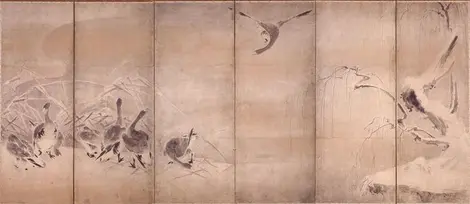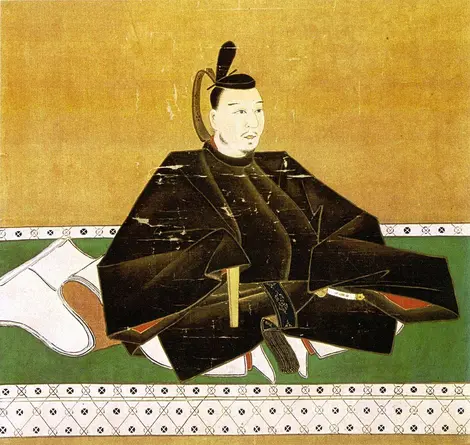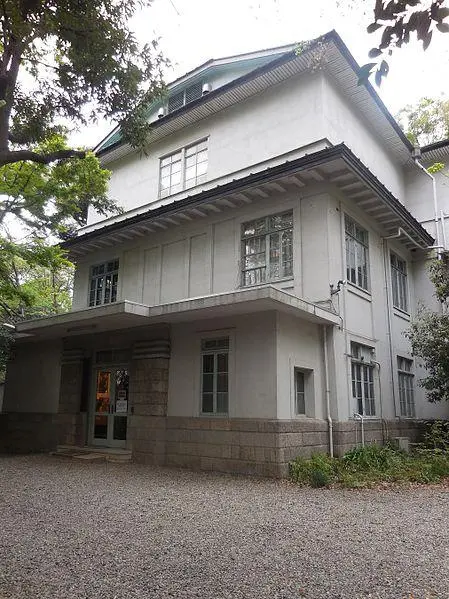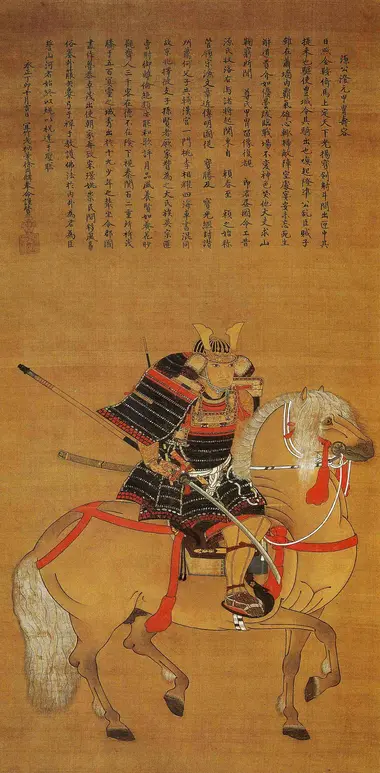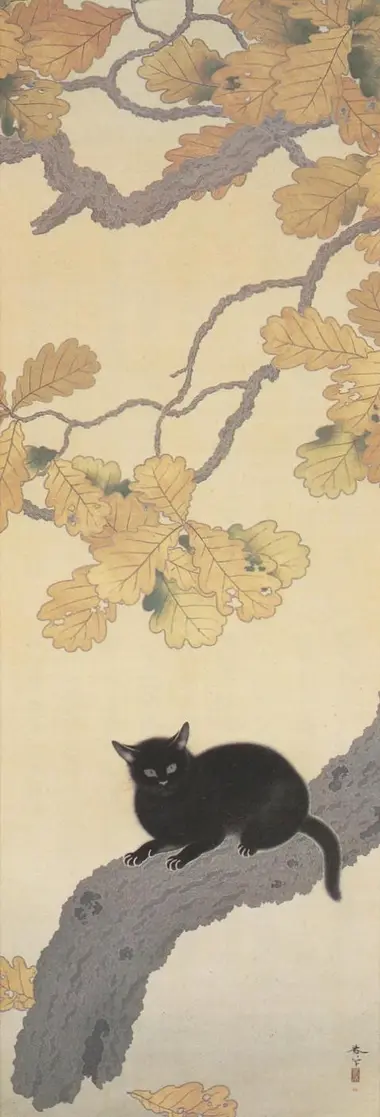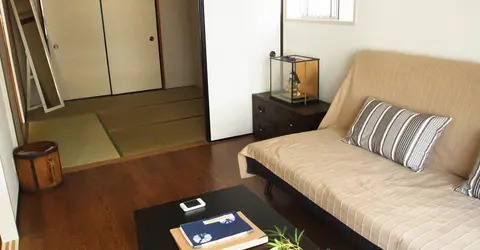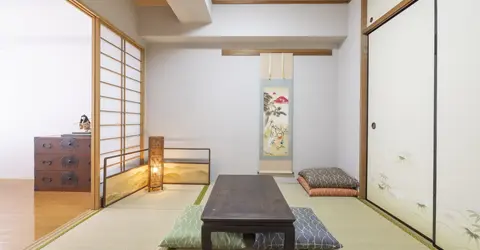Eisei Bunko Museum 永青文庫
A legacy of feudal Japan: 700 years of history
Open since 1972 in the Bunkyo district, the Eisei Bunko museum presents a famous collection of more than 100,000 works, art objects, and historical documents from the former feudal Hosokawa clan. A collection amassed by members of the clan over 700 years and which has survived to the present day, displayed in a museum open to the public.
The Hosokawa Clan Collection
Established in a particularly green setting, the Eisei Bunko Museum, which adjoins the Shin-Edogawa garden, offers an insight into the history of one of the five largest clans of feudal Japan: the Hosokawa. Members of this clan controlled the vast domain of Higo (present-day city of Kumamoto ) consisting of the provinces of Awa, Awaji, Bitchu, Sanuki, Settsu, Tamba, Tosa, and Yamashiro.
Inaugurated in 1972, the museum exhibits a collection of more than 100,000 works, art objects, and historical documents, patiently built up by successive generations of Hosokawa since the Nanboku-cho period (1336-1392).
However, this set does not bear the name of the Hosokawa collection as one could have presupposed it but the name of "Eisei".
This appellation is a portmanteau word resulting from the combination of two terms. "Ei" comes from Eigen-an, a Kenninji sub-temple founded in 1202 in the Gion district of Kyoto. The Eigen-an houses the graves of the first generations of Hosokawa; from clan founder and military commander, Hosokawa Yoriari (1332-1391) to Hosokawa Motosune (1482-1554).
The second part of the word refers to another place intimately linked to the clan. "Sei" indeed refers to Seiryuji Castle (Shoruyji), built in 1339 by Hosokawa Yoriharu. The fortress later served as the residence of Hosokawa Fujitaka (1534-1610) who is considered the first leader of the modern lineage of the clan.
A desire to safeguard Japanese heritage
For seven centuries, the Hosokawa clan has collected weapons and armor, textiles, paintings, calligraphy, ceramics, lacquerware, sculptures, and historical documents. The family collection has been transformed into a museum open to all thanks to the work and determination of one man: Hosokawa Moritatsu (1883-1970), the 16th generation of the clan.
This politician who exercised his functions within the Ministry of the Imperial Household was already involved in the safeguarding of Japanese heritage. He had thus greatly contributed to the administration of the mission of protection of Japanese cultural property before and after the war and founded 1948 the society for the preservation of Japanese art swords.
It was in 1950 that he created the Eisei Bunko Foundation to preserve the heritage and cultural treasures of the Hosokawa family for future generations.
- Read also: Japan's museums and art galleries
Some of Japan's finest treasures
Twenty years later, Hosokawa Moritatsu inaugurated the museum to highlight the family history and this priceless heritage. The volume of the collection is gigantic since it has approximately 112,000 pieces including 8 National Treasures and 32 cultural assets!
Moreover, part of the archives has been entrusted to Kumamoto University and Keio University in Tokyo for inventory and research purposes. Rarely does a bond with the family past remain so strong. The building that houses the museum was built in 1936 by Hosokawa Moritatsu in an area where there was once a secondary clan residence.
Moreover, it is important to point out that the 4 annual exhibitions at the Eisei Bunko museum are not the only opportunity to enjoy the riches of the Eisei collection. The Kumamoto Prefectural Art Museum, the homeland of the Hosokawa clan, has a year-round room reserved for the presentation of works and works of art from the huge collection.
A touch of modern art
In addition to ancient Japanese and Asian works of art, visitors to the Eisei Bunko Museum will certainly be delighted to be able to admire a superb collection of modern paintings and sculptures; works acquired in Japan and abroad by Hosokawa Moritatsu.
Indeed, the latter was not only attached to the history of the Hosokawa family and the transmission of traditional Japanese culture, but he was also a great collector of modern art thanks to his privileged links with modern artists such as the nihonga painter Taikan Yokoyama (1868-1958) and the yo-ga style painter Ryuzaburo Umehara (1888-1986).
The Hosokawa family has kept its collection intact where other clans have dispersed and sold their treasures to museums and private collectors.
Address, timetable & access
Address
Phone
+81 3-3941-0850Timetable
7 min walk from Waseda Station on the Toden Arakawa Line, 11 min walk from Exit 6 of Gokokuji Station on the Yurakucho Line, 12 min walk from Exit 3A of Waseda Station on the Tozai Line.Price
Adults: 800 yen. Students and high school students: 400 yen. Free for children.Access
Open 10 am to 4:30 pm Tuesday to Sunday. Closed on Mondays.





